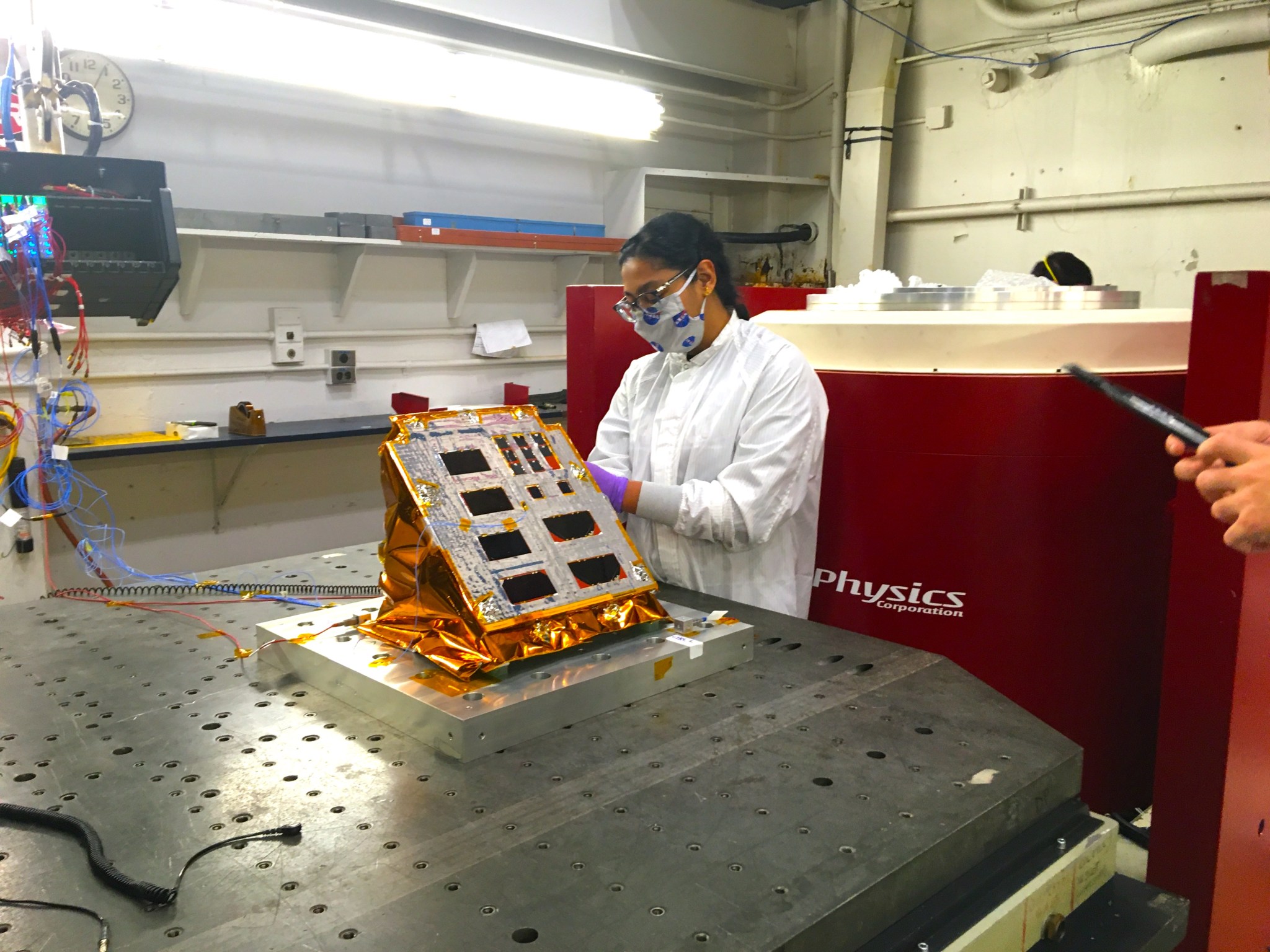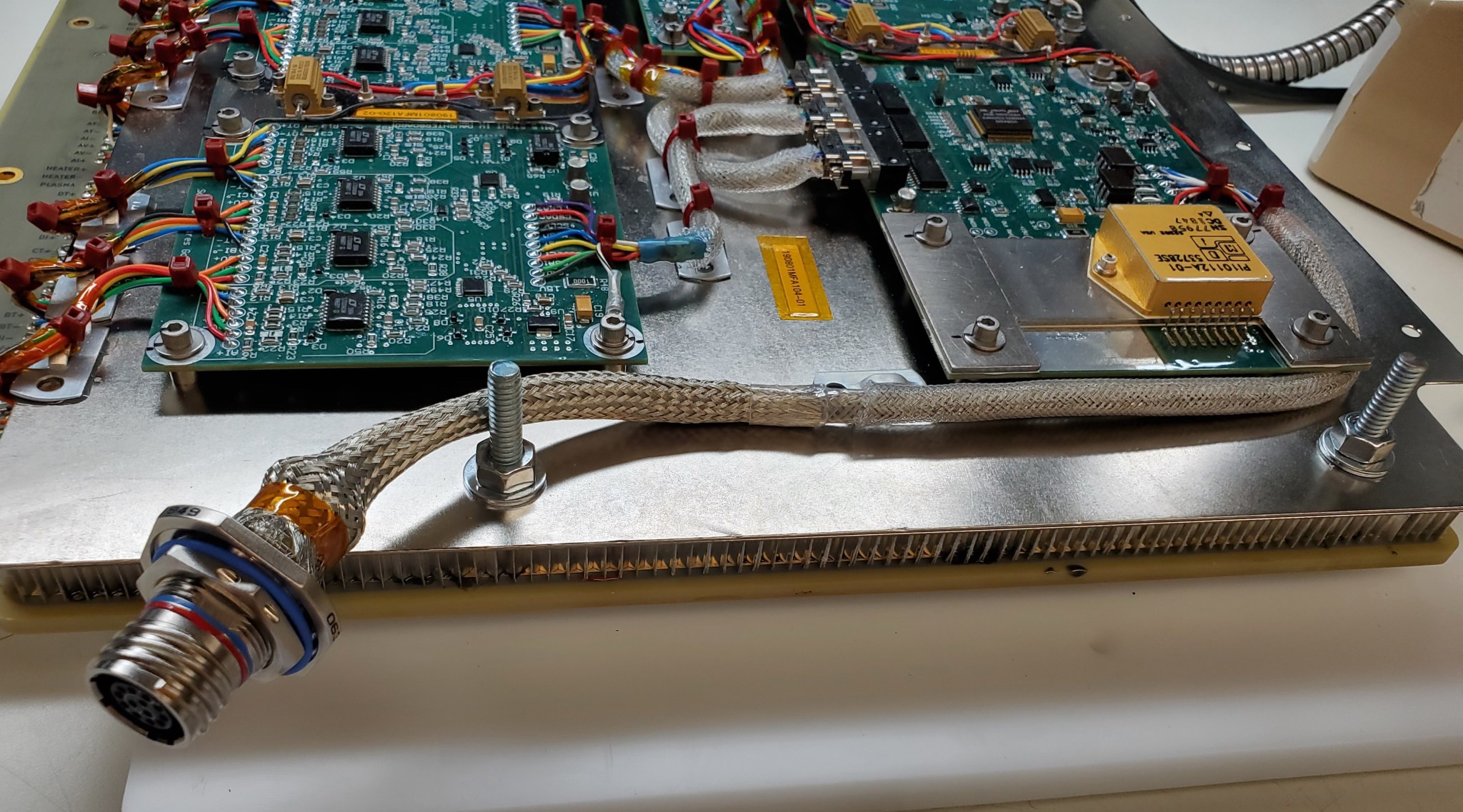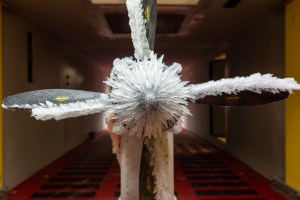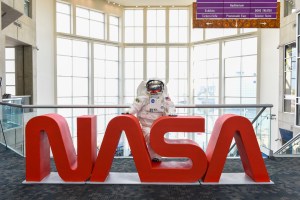NASA is one step closer to understanding the solar power challenges and opportunities on the Moon’s surface after completing the build and readiness review of the Photovoltaic Investigation on the Lunar Surface, or PILS, experiment. The agency overcame multiple engineering challenges to get the experiment ready for integration with a commercial lander for a ride to the Moon as part of NASA’s Commercial Lunar Payload Services (CLPS) initiative.
“NASA’s last opportunity to use solar power on the surface of the Moon was 50 years ago during Apollo,” said Matt DeMinico, the PILS project manager. “It’s exciting to send a first of its kind experiment, like PILS, to the lunar surface to prove state-of-the-art space solar cells and high-voltage solar arrays for future exploration missions, and we’re ready to begin the lander integration process with Astrobotic.”
Building an in-space experiment is difficult under any conditions, but the PILS team successfully completed the build and in-house testing under strict coronavirus safety precautions. In March, NASA’s Glenn Research Center in Cleveland, along with the much of the agency, moved to mandatory telework in response to the ongoing pandemic to ensure the health and safety of its workforce, thus halting the PILS build and pre-flight testing.
In the months since, mission-critical work was slowly able to resume, allowing the PILS team to return to their laboratories and complete all remaining work. The team adjusted planned activities and tests to align with the necessary safety protocols and limited the number of members on-site.
“Working on-site while much of the center is still teleworking is a bit strange mostly because it is much quieter than I am used to,” said Jeremiah McNatt, one of the PILS principal investigators. “Luckily we were able to safely keep moving forward and kept the broader team updated on daily activities through video chats and virtual meetings.”
The PILS platform, while relatively small and lightweight, will provide a flight demonstration of multiple solar cell technologies from multiple companies that could be used for future lunar missions. This solar charging experiment will be help in the design of high voltage solar arrays on the surface that may be used to power in-situ resource utilization systems and other lunar surface assets.
The PILS experiment is targeted to fly later this year as one of 11 NASA payloads on an Astrobotic Peregrine lander. Astrobotic and Intuitive Machines both were selected to fly several NASA science investigations and technology demonstrations to the Moon this year. The delivery of these payloads is the first of many ahead of human return to the Moon and are all part of the Artemis program. Ultimately, PILS will help establish baseline requirements and capabilities for future solar power generation systems for the Moon and, eventually, Mars.
“PILS is just the first step in better understanding the environment in which solar arrays and power systems will exist on the Moon as we work towards powering a sustainable, long-term human-lunar presence there,” says Tim Peshek, PILS co-principal investigator.
Jimi Russell
NASA’s Glenn Research Center



































